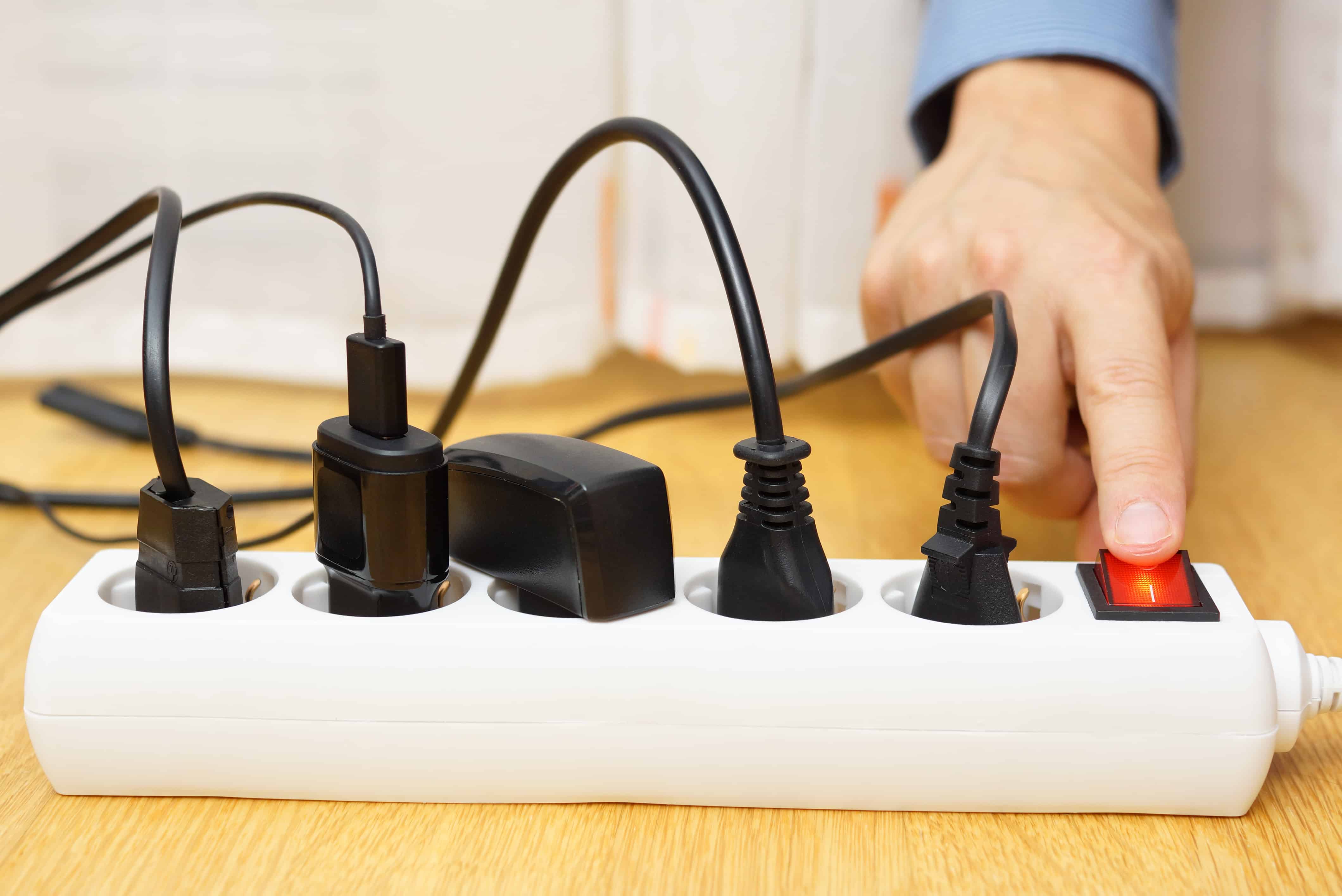Electronics have become an essential part of our daily lives, and it's important to protect them from potential damage caused by power surges. Choosing the right surge protector is crucial to ensure the longevity of your devices and safeguard your investments. In this ultimate guide, we will cover the key factors to consider when selecting a surge protector, as well as provide some tips on how to properly use and maintain them for optimal performance.
1. Understand the Different Types of Surge Protectors
There are several types of surge protectors available in the market, and it's essential to understand their differences before making a decision. Some common types include:
- Basic power strips: These offer multiple outlets but provide little to no surge protection. They are suitable for low-risk devices like lamps and small appliances.
- Surge protector power strips: These come with built-in surge protection and are ideal for protecting multiple devices, such as computers, TVs, and gaming consoles.
- Whole-house surge protectors: These are installed at the main electrical panel and protect all the devices connected to your home's electrical system. They are recommended for areas with frequent lightning storms or power surges.
2. Check the Surge Protector's Specifications
When choosing a surge protector, it's crucial to look at its specifications to ensure it meets your needs. Some key factors to consider include:
- Joule rating: This indicates the amount of energy the surge protector can absorb before it fails. A higher joule rating means better protection for your devices. We recommend a minimum joule rating of 600 for most home electronics.
- Clamping voltage: This is the voltage level at which the surge protector will start diverting excess energy away from your devices. A lower clamping voltage provides better protection. The maximum clamping voltage should be 330 volts for optimal protection.
- Response time: This indicates how quickly the surge protector will react to a power surge. A faster response time means better protection for your devices. Look for a surge protector with a response time of 1 nanosecond or less.
3. Look for Additional Features
Some surge protectors come with additional features that can enhance their performance and convenience. These may include:
- USB charging ports: These allow you to charge your smartphones and tablets without using their power adapters, saving outlet space.
- EMI/RFI filtering: This feature helps reduce electromagnetic and radio-frequency interference, which can cause performance issues in your devices.
- Rotating or swiveling outlets: These can accommodate large power adapters without blocking adjacent outlets.
4. Proper Use and Maintenance
Once you have chosen the right surge protector, it's essential to use and maintain it properly to ensure optimal performance. Some tips include:
- Do not overload the surge protector by connecting too many high-power devices, as this can cause it to fail.
- Regularly check the surge protector for signs of wear or damage, such as frayed cords or cracked casings.
- Replace the surge protector if it has experienced a significant power surge, even if it appears to be functioning normally. Most surge protectors have an indicator light that will go off if the protection has been compromised.
At Excel Electric LLC, we understand the importance of protecting your valuable electronics and can help you choose the right surge protector to meet your needs. Our expert team in Port St. Lucie can also assist with the installation of whole-house surge protectors for comprehensive protection.
Contact us today at (561) 459-8825 to learn more about our services and how we can help safeguard your home electronics.


